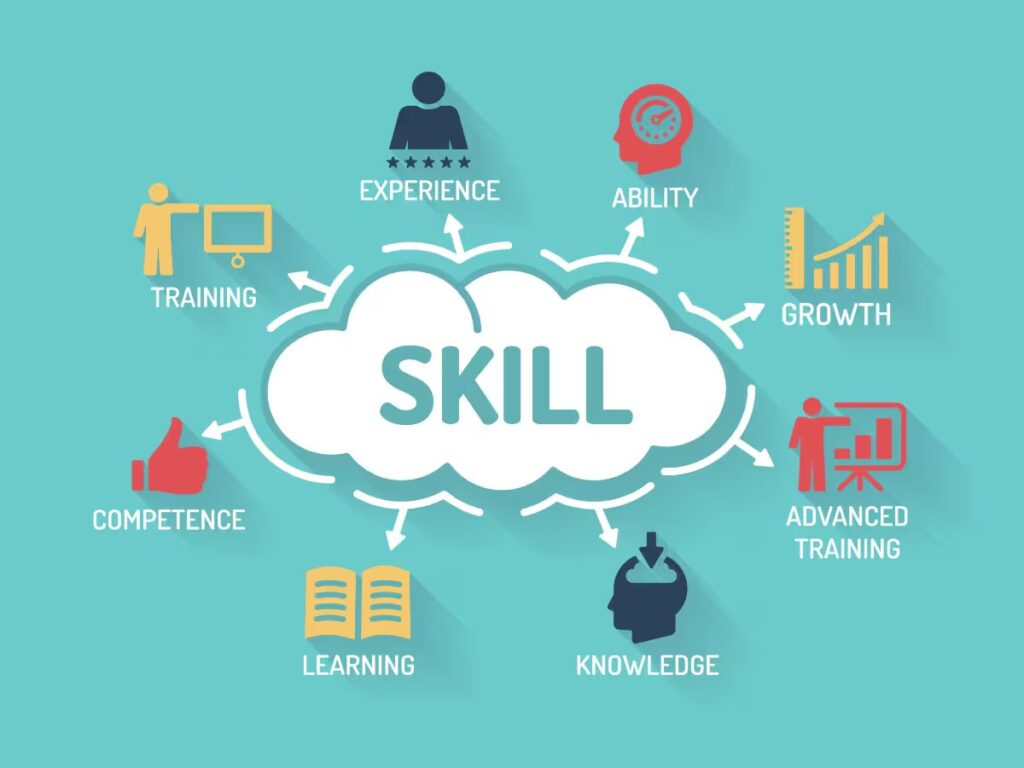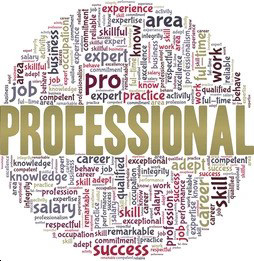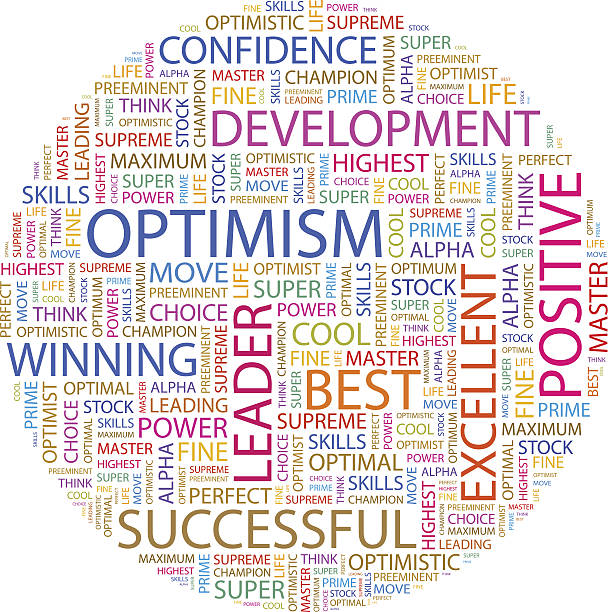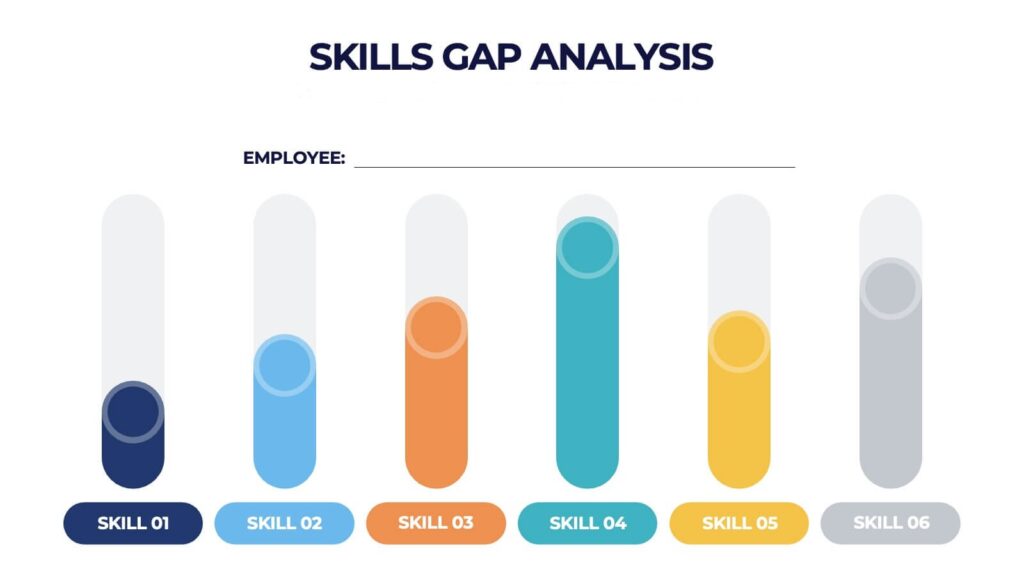What’s Missing? How to Identify and Fill the Gaps Holding You Back
Career growth doesn’t happen by accident. It’s not just about showing up and working hard — it’s about consistently stepping into the next version of who you need to become.
Whether you're aiming for a promotion, preparing for a career pivot, or just trying to be more effective in your current role, there's one critical question you need to ask:
What skills do I need next — and how do I get them?
This week, we’re focusing on one of the most overlooked steps in personal development: identifying and intentionally closing skill gaps.

And no, this isn’t about fixing flaws. It’s about fueling your growth.
Why Skill Gaps Matter
Everyone has skill gaps. The difference between people who stagnate and those who thrive is how they respond to them.
Skill gaps aren’t signs of weakness — they’re indicators of potential. They highlight the next thing you need to master to elevate your performance, expand your influence, or prepare for a new opportunity.
But here's the challenge: most people don’t take the time to identify their gaps until they’re forced to — when an opportunity passes them by, when feedback hits hard, or when they feel stuck.
Intentional growth means getting ahead of that curve. And it starts with awareness.
Three Core Areas to Explore
When scanning for gaps, it’s helpful to break down your skillset into three buckets. Each one plays a role in your professional evolution:
1. Technical & Functional Skills

These are the core capabilities required to do your job well. Examples include:
- Mastering tools, platforms, or systems
- Learning new methodologies or certifications
- Understanding industry-specific knowledge
Example: A supply chain professional may need to learn advanced forecasting models or a new ERP system to move into a more strategic role.
2. Soft Skills & Leadership Behaviors

These often make the difference between someone who executes tasks and someone who leads others. Think:
- Communicating clearly across functions
- Resolving conflict
- Influencing without authority
- Managing time, priorities, and people
Example: An engineer who aspires to lead a team may need to develop their delegation and coaching skills.
3. Strategic & Business Awareness

These skills help you understand the bigger picture:
- Financial acumen
- Decision-making frameworks
- Market awareness
- Organizational dynamics
Example: A team leader looking to grow into a director role might need to strengthen their business case writing or stakeholder management skills.
How to Identify Your Skill Gaps
Start by asking yourself two key questions:
“Where am I now?”
Take a moment of honest reflection. What parts of your current role feel challenging or unfamiliar? What feedback have you received lately — formally or informally?
“Where do I want to go?”
Look at the role, level, or capability you want to grow into. What does that future version of you need to be able to do with ease?
Then compare the two.

Also consider:
- Reading job descriptions for roles to which you aspire
- Asking mentors, managers, or trusted peers for input
- Looking back at past performance reviews
- Reflecting on areas where you feel least confident or most reactive
These will help illuminate gaps that may not be obvious from the inside.
Close the Gap: Build a Development Plan That Works
Awareness is powerful — but action is transformational.
That’s why I’ve created a free tool to help you do more than just identify your gaps. The Skill Gap Analysis & Development Planner walks you through the process of:
- Naming your key gaps
- Selecting relevant development strategies
- Setting timeframes and checkpoints
- Tracking your progress over time
You don’t have to tackle everything at once. In fact, I recommend choosing one or two key gaps and focusing on those for the next 60–90 days.

Whether it’s enrolling in a course, finding a coach, practicing a new behavior, or shadowing someone with that strength — progress starts with one clear next step.
Learning Is a Leadership Behavior
Filling skill gaps isn’t just a tactical exercise — it’s a mindset. A commitment to growth. It says: “I’m not done learning. I’m ready for more.”
That’s what great leaders do. And it’s what sets top performers apart. So, don’t wait until a new opportunity reveals what you should have learned. Get ahead. Get intentional. And start closing the gaps that matter most.
Download the free Skill Gap Analysis & Development Planner and take the next step toward your future.